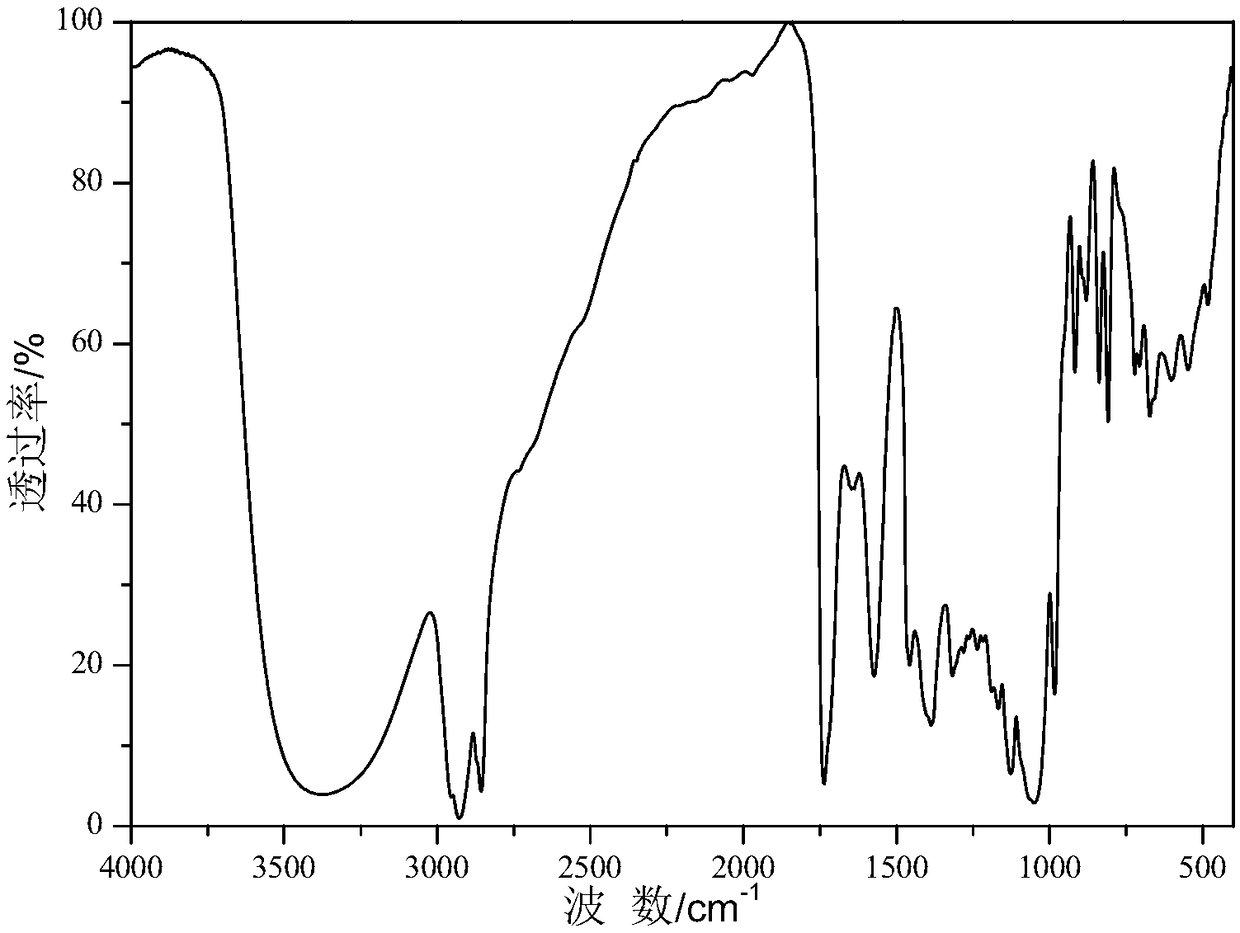Bacteria capable of producing surfactant and application of bacteria to in-situ reduction of PAH (polycyclic aromatic hydrocarbon) in coal/ petroleum chemical wastewater
A technology for producing surfactants and petrochemicals. It is used in bacteria, biological water/sewage treatment, water/sludge/sewage treatment, etc. It can solve the problem of low effect, no methanogens are detected, and it is difficult to achieve ideal effects, etc. problem, to achieve the effect of low CMC, good acid and alkali resistance and salt resistance
- Summary
- Abstract
- Description
- Claims
- Application Information
AI Technical Summary
Problems solved by technology
Method used
Image
Examples
Embodiment 1
[0062] In this embodiment, the existing O 1 / H / O 2 On the basis of process treatment of raw water of coking wastewater, in combination with the present invention, the surfactant-producing bacteria Pseudomonas aeruginosa Rh5 screened from the mud-water mixture of coking wastewater is used to reduce polycyclic aromatic hydrocarbons in situ; the specific method is: the screened surfactant-producing bacteria Pseudomonas aeruginosa Rh5 was adapted to domesticate coking wastewater; the raw water of coking wastewater to be treated was passed into O 1 / H / O 2 Biological fluidized bed, influent water passes through O 1 Stage (one-stage aerobic fluidized bed), H stage (anoxic fluidized bed) and O 2 stage (secondary aerobic fluidized bed); where O 1 Phase and O 2 All stages are fed with air, O 2 The supernatant of the stage was refluxed to the H stage; O 1 / H / O 2 After 15 days of stable operation of the biological fluidized bed, at O 1 Add the domesticated Rh5 strain at the stage...
PUM
 Login to View More
Login to View More Abstract
Description
Claims
Application Information
 Login to View More
Login to View More - R&D
- Intellectual Property
- Life Sciences
- Materials
- Tech Scout
- Unparalleled Data Quality
- Higher Quality Content
- 60% Fewer Hallucinations
Browse by: Latest US Patents, China's latest patents, Technical Efficacy Thesaurus, Application Domain, Technology Topic, Popular Technical Reports.
© 2025 PatSnap. All rights reserved.Legal|Privacy policy|Modern Slavery Act Transparency Statement|Sitemap|About US| Contact US: help@patsnap.com



